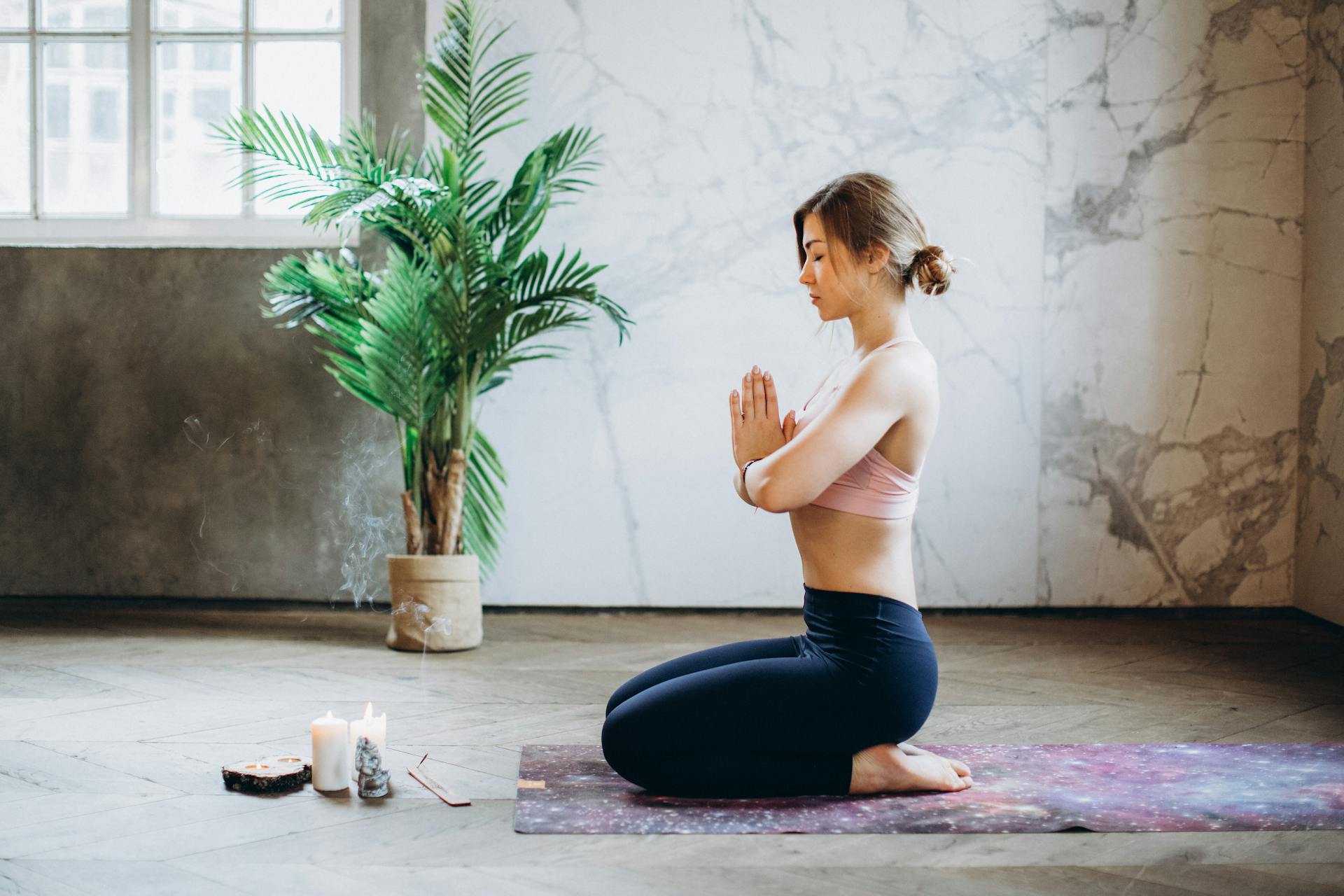Vajrasana (Thunderbolt Pose) – A Complete Guide
1. Introduction
Vajrasana (वज्रासन), also known as Thunderbolt Pose or Diamond Pose, is a seated kneeling posture in yoga that is highly beneficial for digestion, meditation, and overall stability. Unlike other postures, Vajrasana can be practiced immediately after meals and is one of the best poses for strengthening the digestive system and calming the mind.
🔹 Reference: Hatha Yoga Pradipika (Chapter 1, Verse 53) states that Vajrasana is the best sitting posture for meditation and breath control (pranayama), as it stabilizes the body and mind.
2. Meaning & Etymology
-
Sanskrit Name: वज्रासन (Vajrāsana)
-
Meaning:
-
Vajra = Thunderbolt/Diamond (symbolizing strength & stability)
-
Asana = Pose/Posture
-
-
The name "Vajra" is derived from the mythological weapon of Lord Indra, representing power, steadiness, and resilience.
3. How to Perform Vajrasana
Step-by-Step Instructions:
-
Start in a Kneeling Position:
-
Kneel on the mat with the knees together and the tops of the feet flat on the floor.
-
-
Sit Back on Your Heels:
-
Keep your back straight, and rest your buttocks on your heels.
-
Your big toes should be touching, and your heels slightly apart.
-
-
Place Your Hands on Your Thighs:
-
Keep your palms facing down and relax your shoulders.
-
-
Engage Your Core & Maintain an Upright Spine:
-
Keep the head aligned with the spine and breathe naturally.
-
-
Hold the Pose for 5–10 Minutes:
-
With regular practice, you can extend it up to 15–20 minutes.
-
-
Release the Pose Gently:
-
Straighten the legs forward and shake them to relieve any stiffness.
-
📌 Modification: If you experience discomfort in the knees, place a cushion or folded blanket under the ankles or knees for support.
4. Benefits of Vajrasana
Physical Benefits:
✔ Aids digestion by stimulating the abdominal organs.
✔ Strengthens the knees, thighs, and lower back.
✔ Improves posture and spinal alignment.
✔ Relieves lower back pain and sciatic nerve discomfort.
✔ Prevents varicose veins by improving blood circulation in the legs.
Mental & Emotional Benefits:
✔ Calms the nervous system, reducing stress and anxiety.
✔ Enhances focus, mindfulness, and mental clarity.
✔ Supports meditation and deep breathing practices.
Therapeutic Benefits:
✔ Helps manage indigestion, acidity, and constipation.
✔ Beneficial for diabetes management by regulating metabolic functions.
✔ Improves blood circulation to the pelvic region, benefiting reproductive health.
🔹 Reference: Gheranda Samhita (Verse 2.12) describes Vajrasana as a stabilizing asana that promotes stillness, digestion, and energy retention.
5. Precautions & Contraindications
⚠ Avoid or Modify Vajrasana if you have:
-
Severe knee or ankle injuries.
-
Recent knee surgery or arthritis.
-
Hernia or ulcers in the stomach region.
🔹 Tips for Beginners:
-
Start with 2–3 minutes and gradually increase duration.
-
Use a yoga block or cushion to reduce pressure on the knees.
-
Keep the spine straight and avoid slouching.
6. Variations & Advanced Practices
🔸 Supta Vajrasana (Reclining Thunderbolt Pose): Lean backward and rest the back on the floor while maintaining Vajrasana.
🔸 Parvatasana in Vajrasana (Mountain Pose in Thunderbolt Pose): Raise the arms overhead for better posture and balance.
🔸 Vajrasana with Pranayama: Combine with Anulom Vilom (Alternate Nostril Breathing) or Bhastrika (Bellows Breath) for deeper relaxation.
7. Conclusion
Vajrasana is a simple yet powerful pose that provides digestive benefits, mental calmness, and postural stability. Regular practice helps in enhancing focus, improving gut health, and supporting meditation. It is one of the few poses that can be done after meals, making it unique in the world of yoga.
🔹 Reference: Light on Yoga by B.K.S. Iyengar explains that Vajrasana brings stability, composure, and a firm foundation for meditation and breath control.

.png)

.png)
.png)



.png)
.png)
.png)
.png)
